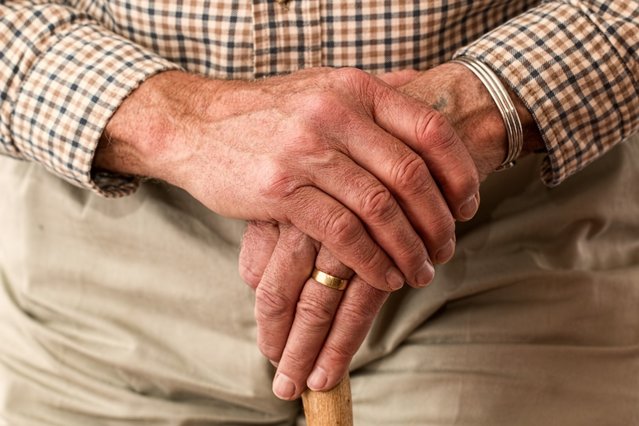
Tips for Senior Safety
Home safety is important at any age but with injuries to seniors most likely to occur at home, it makes sense to minimize risks around the house. Often, you’ll find that some steps to improve safety also make your day-to-day living more efficient and more convenient. You might even ask yourself why you didn’t change things years ago.
Doorways and entryways
Install new lighting or install new bulbs to ensure that entryways are well-lit at night.
Consider installing ramps and be sure handrails are secure, whether using ramps or steps.
Keep a chair near front or back doorways to make it easier to remove shoes or boots.
Remove snow, leaves, and clutter from steps or entryways.
Bathrooms
Install grab bars in the shower or bathtub and add non-slip surfaces.
Always use bath mats with rubberized backing to prevent slipping.
Grab bars near the toilet can also help prevent falls.
Use an auto-sensor night light that turns on automatically when the room is dark.
Hallways and stairways
Install new lighting as needed to ensure stairways and hallways are well-lit.
Be sure handrails on stairways are secure and that no sections of stairways are without handrails.
Steps should have a non-slip surface, like carpeting or non-slip treads.
Consider painting or marking the edge of the step with a contrasting colour to avoid missteps.
Keep stairways and hallways free of clutter and potential tripping hazards.
Secure carpeting or rugs to prevent slips.
Kitchen
Plan kitchen storage to make items easy to reach and avoid storing heavier items above shoulder level.
Keep a fire extinguisher within reach of the kitchen and check the extinguisher’s charge level at least twice a year.
Don’t cook while wearing loose clothing to reduce the risk of fires and burns and always wear shoes while cooking to reduce the risk of injury from dropped utensils or cookware.
Replace older kitchen appliances with appliances that feature an auto shut-off.
Closets and storage areas
Always store heavier items on the floor or on lower shelves.
Add additional shelving as needed, avoiding shelving above shoulder level.
Install lights in closets or storage areas to help prevent mishaps.
Bedrooms
Use an automatic or auto-sensor night light in the bedroom and near bedroom entryways.
Keep the path from the bedroom to the bathroom free of obstacles.
Keep a list of emergency contact phone numbers near the bed and keep a cordless phone within reach of the bed.
Consider installing bed rails to ease getting in and out of bed.
Use wire clips to tame electrical cords, keeping cords and other tripping hazards out of pathways.
Basement, garage, and laundry room
As with other areas of the home, pay special attention to lighting.
Maintain clear walking paths.
Label chemicals, like bleach, drain cleaners or paint thinner to avoid confusion.
Be certain flammables are stored as directed.
Whether at home or away, exercise caution to reduce the risk of accidents or injuries. Many household accidents can be avoided with some extra care and by taking a few precautions to make your home a safer place.